
O que são as Taxas de Gas na Cripto?
As taxas de gas em cripto são usadas para realizar transações e manter a integridade da blockchain. Essencialmente, é uma taxa padrão da rede, mas aplicada sob certas condições. Neste artigo, explicamos mais sobre as taxas de gas, como o preço é formado e como reduzi-lo, além de compartilhar plataformas para monitorar as comissões.
O que é uma Taxa de Gas?
Uma taxa de gas é um pagamento pela execução de uma transação, cobrada em redes que suportam contratos inteligentes e aplicativos descentralizados (dApps), como Ethereum (ERC-20) ou Tron (TRC-20). Essas taxas são pagas na moeda nativa da blockchain (no Ethereum, é ETH, no Tron — TRX) e compensam os mineradores e validadores pela verificação das transações. Portanto, as taxas de gas garantem a segurança da rede e incentivam os participantes a manter sua integridade.
Vale lembrar que, se você planeja enviar cripto em outra blockchain, como USDT, as taxas de gas serão cobradas na moeda nativa da rede cujo padrão você está utilizando. Por exemplo, ao enviar tokens TRC-20 na rede TRON, o gas será pago em TRX, e no caso de uma transferência ERC-20 no Ethereum, será pago em ETH.
O que Determina o Custo das Taxas de Transação?
Agora, vamos ver o que determina o custo das taxas de gas:
-
Tamanho da transação. Processar transferências com grandes quantidades de dados (grandes somas ou um número de entradas e saídas) exige mais recursos computacionais, o que aumenta o custo.
-
Complexidade da transação. Transações que envolvem contratos inteligentes também precisam de mais trabalho e, portanto, taxas mais altas.
-
Congestionamento da rede. Quando a rede está sendo ativamente utilizada, as taxas aumentam devido à competição entre transações para inclusão em um bloco.
-
Definição manual de preços. Em algumas redes, existe a possibilidade de os próprios usuários definirem o preço do gas — quanto mais alto, mais rápida será a transação.
Como Reduzir os Custos das Transações?
Você também deve saber como reduzir as taxas de gas para uma maior rentabilidade:
-
Escolha horários fora de pico. Selecione períodos de baixa atividade da rede (como fora do horário comercial ou nos finais de semana). Durante esses períodos, você pode evitar taxas altas, que são comuns durante o congestionamento.
-
Use soluções de camada 2. Essas soluções podem ser Arbitrum, Optimism ou Lightning Network. Elas processam transações fora da cadeia — as taxas são significativamente mais baixas do que na cadeia.
-
Envie transações em lote. Se você planeja realizar várias transações, considere se pode combiná-las em uma só. Essa solução reduzirá a quantidade total de dados e diminuirá a comissão.
-
Defina um preço baixo para o gas. Se você puder definir a comissão manualmente, coloque um valor baixo. Esta opção é adequada se você não precisar de processamento imediato da transação.
-
Otimize contratos inteligentes. Este é um nível mais complexo, mas também pode reduzir as taxas. Isso pode acontecer devido à redução da complexidade e dos requisitos computacionais.
-
Use serviços para reduzir taxas. Plataformas como Tronex Energy e Feee.io (TRON Energy Trading Platform), que operam para a rede TRON, permitem que os usuários alugem energia TRON para reduzir taxas, possibilitando transações sem taxas e sem a necessidade de especificar TRX. Elas também negociam energia e aumentam a capacidade de throughput.
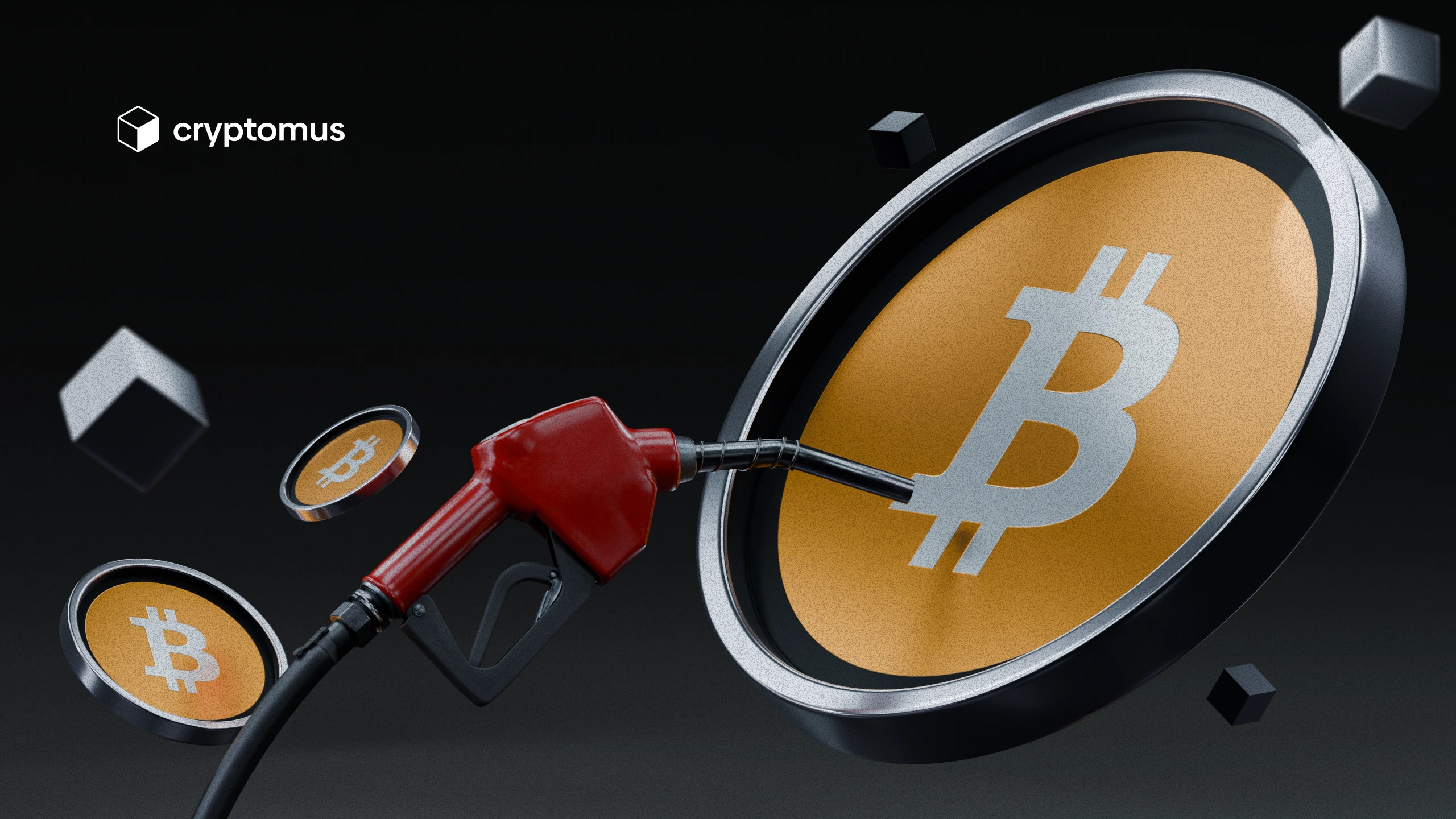
Como Acompanhar o Preço das Taxas de Gas?
Para se preparar financeiramente para as transações, você pode acompanhar os preços do gas em tempo real usando as seguintes plataformas (com exemplo de duas redes).
Rastreador de Gas no Ethereum
As plataformas comuns incluem:
-
Etherscan Gas Tracker. A plataforma fornece preços em tempo real das taxas de gas na rede, considerando a carga atual da rede.
-
Blocknative Gas Estimator. Este serviço prevê as taxas de gas analisando transações pendentes no mempool.
-
QuickNode Ethereum Gas Tracker. O rastreador não apenas fornece dados online de gas, mas também tendências históricas e até estimativas de preço do gas para várias transações de contrato.
-
Milk Road Gas Tracker. Esta plataforma exibe as taxas de gas em tempo real e fornece um gráfico de 7 dias mostrando mudanças nos custos.
Rastreador de Gas no TRON
As plataformas comuns incluem:
-
GasFeesNow (TRON USDT Gas Tracker) A plataforma fornece dados históricos e em tempo real das comissões, com gráficos que mostram as tendências.
-
Token Terminal Este é o índice de taxas, que calcula o custo médio da execução de uma transação ao longo do dia.
-
Chaingateway (Calculadora de Taxas do TRON) Com a calculadora, você pode calcular não apenas comissões, mas também energia e throughput.
Além das plataformas listadas acima, existem duas outras opções para rastrear preços do gas: aplicativos de carteira e ferramentas da rede. No primeiro caso, as taxas de gas são monitoradas por meio de ferramentas incorporadas nas carteiras — por exemplo, elas estão disponíveis no Metamask e TrustWallet. Lá, o valor aproximado da taxa é calculado automaticamente antes da confirmação da transação. No caso das ferramentas de rede, você pode usar sites especializados (como BSCScan Gas Tracker para Binance Smart Chain ou Solana Explorer para Solana), que também ajudam a rastrear as taxas de transação.
Você ainda tem dúvidas sobre taxas de gas? Pergunte nos comentários abaixo, e com certeza vamos ajudar você!
Avalie o artigo
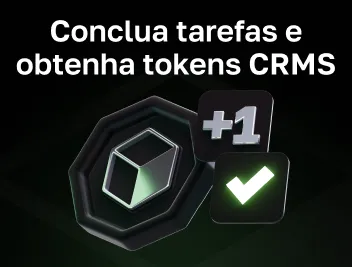


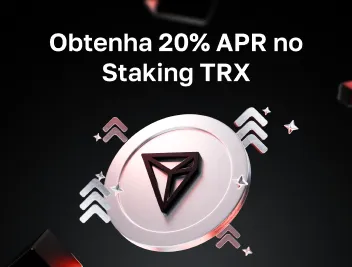
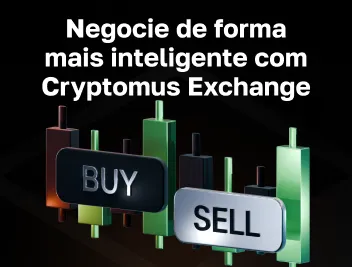


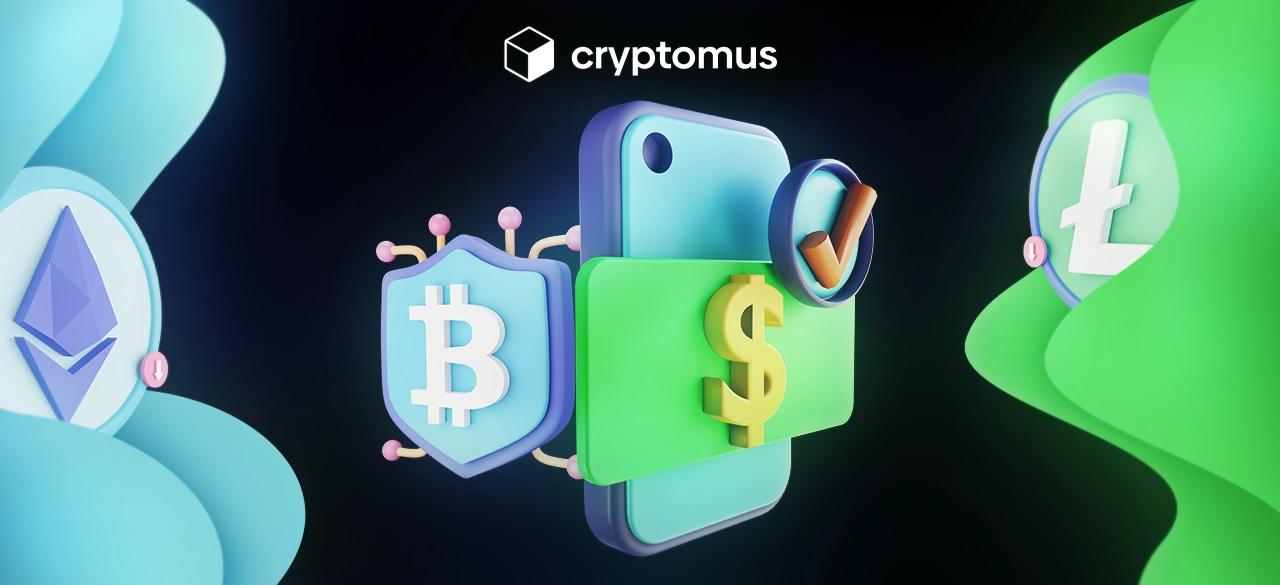
comentários
0
Você precisa estar logado para postar um comentário